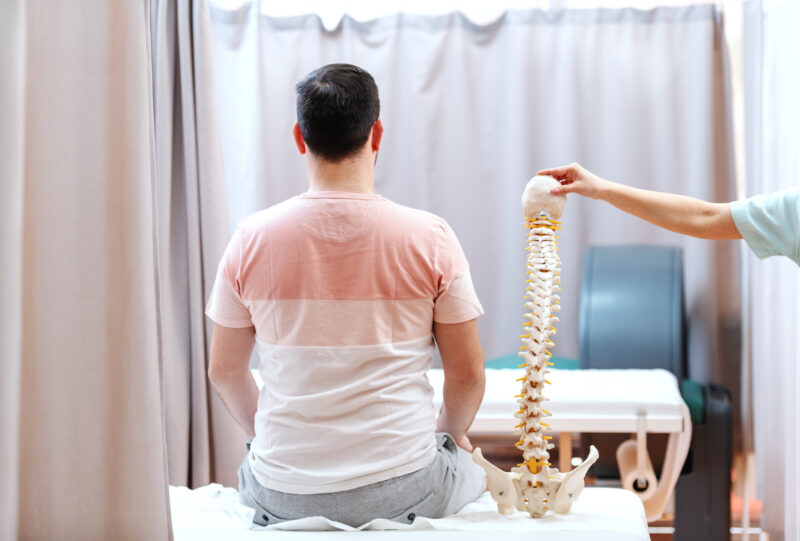Traumatic brain or spine injuries often have prolonged and lasting impacts. As recently featured in Men’s Health, Jeff Marquis suffered a tragic injury after a mountain biking accident in 2011.
Doctors said he would never walk again and his life would be forever changed.
Then Marquis was one of four patients with a form of paralysis to experience and be treated with epidural stimulation.
Through the epidural stimulation treatment and extensive physical therapy, Marquis is now able to independently stand and take steps as well as walk with the assistance of braces and walkers.
Spinal cord injuries (SCI) are uniquely individual making diagnosis and management therapy challenging.
Back in 2011, when epidural stimulation therapy was first announced and successfully assisted a patient in their recovery, the potential seemed endless.
SCI research has made significantly strides, but there are four main ways epidural stimulation assists patients.
Before diving into these four benefits, let’s define and understand what epidural stimulation is.
Epidural stimulation therapy is a form of treatment for patients with a form of paralysis, in which the patient has an electrical chip implanted in their spinal cord that receives various frequencies and intensities of an electrical current.
These levels of electrical currency coupled with intensive physical training has allowed patients with paralysis to regain the ability to voluntary move their limbs.
While the return of sensory neurons is still not possible, epidural stimulation therapy has shown to give paralysis patients better:
Motor Return: Patients proved the ability to voluntarily extend knees, increase hip flexion movement and flex leg muscles after the chip had been deactivated in partnership with intensive physical therapy.
Better control and return of bladder and bowel function: Participants of spinal epidural therapy were able to control their involuntary bladder and bowel functions with the stimulation therapy and physical training.
Return of Sexual Appetite: Patients also reported they experienced an increase or return of sexual appetite after multiple weeks of training of the combination therapy.
An Improved Mental State: All the patients shared an improved mental state.
The combination of endorphins from the physical activity and a renewed sense of hope from the potential to moving independently or making progress are a few of the notable reasons for the healthier mental state seen in patients.
Epidural stimulation therapy is just one of the few developing technologies for SCI.
Kuether Brain and Spine stays current on these developing technologies and continues to follow the amazing strides of progress in medical research in our field of work.










